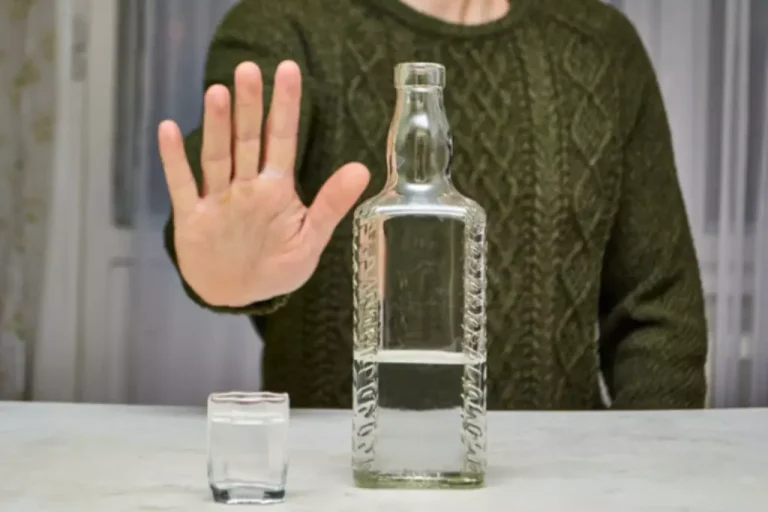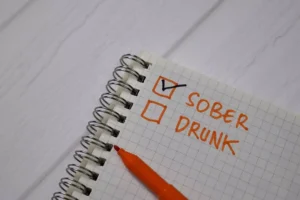
Ulmer et al. (1999) investigated why some States reduced alcohol-related traffic fatalities more than others. They concluded that there is no “silver bullet,” i.e., no single critical law, enforcement practice, or communications strategy. Once a State has effective laws, HVE, and substantial communications and outreach to support them, the critical factors are strong leadership, a commitment to reducing impaired driving, and adequate funding. SHSOs should keep this in mind as they consider the specific countermeasures in this chapter.

Publication types
- This might be justified out of necessity (stealing food when they were young or poor) or in pursuit of a bit of excitement and rebellion.
- Penalties should include a combination of administrative sanctions (e.g. driving licence suspension) and criminal ones (e.g. mandatory minimum fines) of adequate severity.
- Among Americans under the age of 30, 52% had actually been a designated driver, and among frequent drinkers, 54% had been driven home by a designated driver.
- If you’re concerned for yourself or a loved one because a drunk driver totaled your car, make sure that you find a personal injury attorney who will do everything to advocate for your best interests in this complex situation.
- One drink per day of the cheapest brand of spirits required 0.29 percent of U.S. mean per capita disposable income in 2011 versus 1.02 percent in 1980 and 4.46 percent in 1950 (Kerr et al., 2013a).
- Dealing with bodily injury and property damage, such as a totaled car, can be very frustrating—if not life-altering.
Jurisdiction is complicated by “competing claims of federal, tribal, and state sovereignty manifested in a complex array of laws that create a system of jurisdiction based on location, type of crime, race of the perpetrator, and race of the victim” (Harvard Law Review, 2016, p. 1687). With the exception of a brief leveling off beginning in 2009, the number of drivers and number of vehicles has generally followed the same trend as population growth (FHWA, 2017) (see Figure 2-4). In 2015 the total number of drivers was 218 million, an increase from 191 million in 2000; 49.4 percent of drivers were men and 50.6 percent of drivers were women (FHWA, 2017).
- 2 Binge drinking is defined in this study as consuming five or more drinks in a row on at least one occasion (i.e., typically over a period of 2 hours) in the past 2 weeks (Schulenberg et al., 2017).
- Vehicle usage also varies; 4 percent of rural households do not have access to a vehicle compared to 10 percent of urban households (Mattson, 2016).
- The study authors used the diagnostic criteria for alcohol dependence based on the DSM-IV, which has since changed in the DSM-5 to reflect varying degrees of severity of alcohol use disorder (e.g., mild, moderate, severe).
- High-risk drinking is defined in this study as four or more drinks on any day among women and five or more drinks on any day among men (Grant et al., 2017).
Combined effects of alcohol and distraction on driving performance
Conversely, other drivers’ risky behavior may not change but their psychomotor skills could be significantly impaired (Laude and Fillmore, 2016). A 2013 review noted nonalcoholic social drinkers were more capable than alcoholic drinkers at assessing changes in their BAC levels;6 this population was also able to learn to estimate their BAC levels more accurately after training, while training was less effective in alcoholic drinkers (Aston and Liguori, 2013). Finally, stimulant drugs such as energy drinks and 3,4-Methylenedioxymetham-phetamine (MDMA or Ecstasy) may reduce subjective views of intoxication and lead drinkers to think they are not impaired, but the effects of those drugs are not sufficient to overcome objectively measured alcohol impairment (Martin et al., 2013). In another study that examined BRFSS data from 2003 and 2004, drinking drivers social drinking and drinking problem who drank most of their alcohol in licensed establishments consumed an average of 8.1 alcoholic beverages on one occasion, and about one-fourth of this group consumed 10 or more drinks (Naimi et al., 2009). Cumulatively, these findings suggest that the risk of driving subsequent to binge drinking is substantial on a per-binge-drinking episode basis across the population.
Shifts in Resources Allocated to Reducing Alcohol-Related Harm
In 1980, there were around 28,000 drunk driving deaths there, while in 2020, there were 11,654. Despite this progress, drunk driving remains a substantial public threat, comparable in scale to homicide (of which in 2020 there were 594 in Britain and 21,570 in America). My grandfather reduced, although did not quite eliminate, his drunk driving following one occasion when a police officer spotted him driving far too slowly home from one such https://ecosoberhouse.com/ event. He was certain he would be caught, but either the breathalyzer failed or he had metabolized just enough alcohol to be under the limit. Mass media campaigns are an important component of national and local road safety strategies.
Drunken driving control efforts have sputtered out in recent years with more than 11,000 preventable deaths now occurring annually. Over the past four decades, public health officials have largely focused on changing behaviors — asking people to not drink and drive. Another important stakeholder is the department of transportation, which typically has responsibility for implementing drink–driving laws and other policies to improve road safety and health, and which often has expertise in communication to promote behaviour change. An effective road safety transport policy should be in place to address drink–driving, together with road safety measures to reduce the severity and risk of drink–driving crashes.





